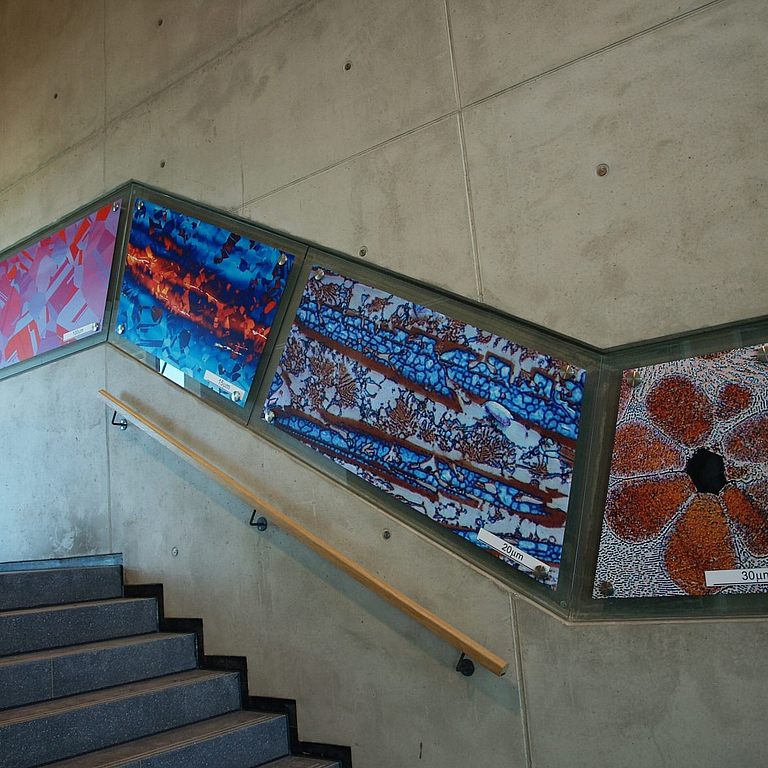Studies on the penetration depth and toxicity of titanium dioxide nanoparticles in barrier-damaged skin after UV exposure
Project leader: Prof. Dr. rer. nat. Wolfgang Maus-Friedrichs / Prof. Dr. med. Steffen Emmert
Funding period: 01/2023 – 12/2025
Funding agency: DFG
Researchers: B. Sc. Maria Eleni Katsanou, M. Sc. Philipp Moritz
The photocatalytic activity of titanium dioxide nanoparticles leads to the formation of mutagenic reactive oxygen species (ROS) under UV irradiation in the presence of water. Titanium dioxide nanoparticles are used in cosmetics and sun creams. While they do not penetrate the skin barrier in healthy skin, they can potentially penetrate the outermost layer of the epidermis (stratum corneum) and reach living layers of the skin in diseases that reduce the skin's natural barrier function. It is to be feared that as soon as even small amounts of photocatalytically active particles reach living tissue, aggressive ROS are formed, especially under UV irradiation. These can then damage cells and genetic material in the deeper layers of the skin, increasing the risk of skin cancer. While extensive studies have shown that sunscreens containing nanoscale titanium dioxide particles can be safely applied to healthy, undamaged skin, the safe application to skin damaged by disease or to skin stressed by sunburn, wind, salt water or sand is still unclear. Consequently, the aim of this project is to contribute to the assessment of the risk posed by sunscreen and cosmetic products containing titanium dioxide nanoparticles to patients with barrier-damaged skin.

